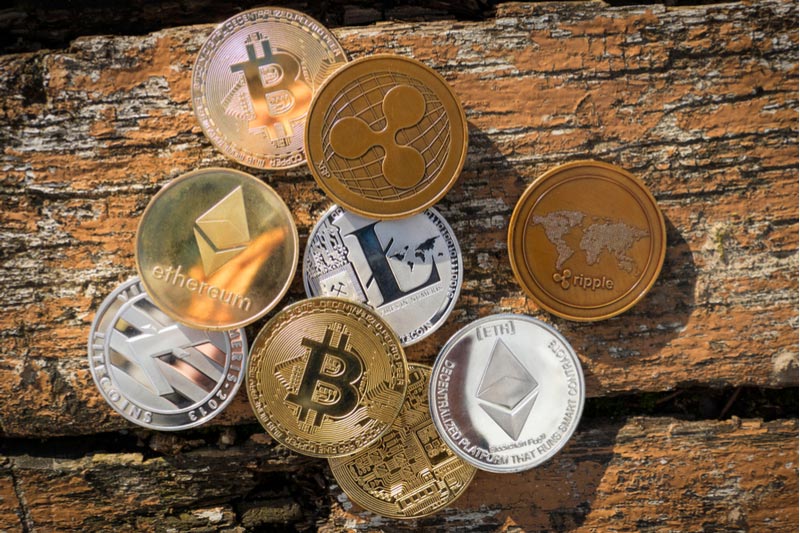[ad_1]
Kraken to Cease Operations in Japan, Cites a Weak Crypto Market
Crypto exchange Kraken has announced its intention to quit operations in Japan and de-register from the Japan Financial Services Agency (JFSA), citing a weak crypto market globally.
Kraken Will Quit Operations in Japan
In a Wednesday blog post, the U.S.-based crypto exchange announced that its decision to stop operating in Japan was prompted by “current market conditions in Japan in combination with a weak crypto market globally.”
Per the announcement, users have until January 31st, 2023, to withdraw their fiat and crypto holdings from the exchange. The exchange has assured users that it is “fully funded to ensure all affected clients can withdraw their assets.”
Kraken will halt its deposit functionality on January 9th. The exchange will finally cease operations in Japan by deregistering from the nation’s Financial Services Agency on January 31st.
Japan is Becoming a Crypto-Friendly Zone
Although Kraken explained that the move was to channel resources and investments to ensure the long-term stability of the exchange, it comes amidst a wave of crypto-friendly policies in the East Asian nation.
The FSA recently announced that the ban on foreign-issued stablecoin could be lifted soon. Japan also looks to ease its 30% tax on crypto gains, followed by issuing licenses to crypto issuers, including Binance.
On the Flipside
- Despite pulling out of Japan, Kraken has continued to expand its offerings, launching its NFT marketplace after last week’s launch of Kraken Pro.
Why You Should Care
Kraken’s exit from Japan is an attempt to cut operational costs to cope with the winter ravaging the crypto industry.
Find out other ways Kraken deals with the crypto winter in:
Kraken to Cut 30% of Its Global Workforce as Crypto Layoffs Intensify
Read about the friendly crypto policies from Japan below:
Japan to Revoke Ban on Foreign Stablecoins in 2023: Report
Japan’s Ruling Party To Ease 30% Crypto Tax On Cryptocurrency Issuers
[ad_2]
Image and article originally from www.investing.com. Read the original article here.

